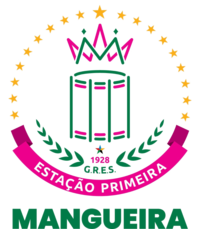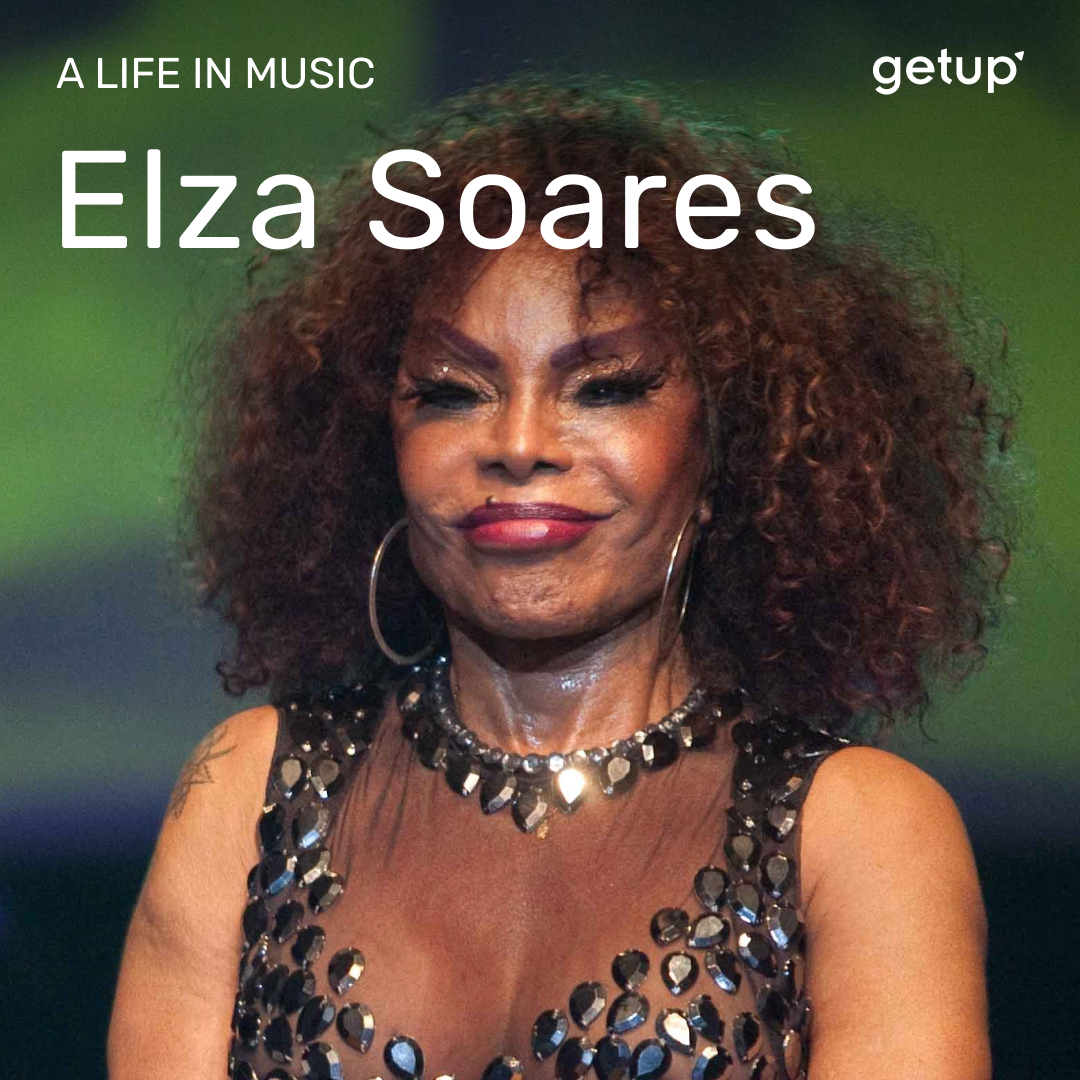The first samba schools in Rio were created in 1928, to put an end to years of fighting with the police during the disorderly carnival festivities. Deixa Falar, a group of young people from the Mangueira hill, the first stop between the central station and the suburbs where the third oldest favela in the city is located, created the Estação Primeira (literally the first station) da Mangueira, to unite the blocos of the morro and parade on the Praça Onze. Among them was Seu Saturnino, elected president, and a certain Agenor de Oliveira, twenty years old, nicknamed Cartola and enthroned musical director. It is to him that the school owes its first samba as well as the choice of its colors, recognizable among all: green and pink.
Success came four years later. In 1932, Mangueira was elected champion with Sorrindo e a Floresta and won the trophy three years in a row. To this day, it is the only samba school to have had its name at the top of the list of winners at least once in every decade. It is also the first to have created a group of composers especially for the competition, open to women, whose most famous leader was Nelson Sargento. Zé Ramos, Jurandir, Darci, Jajá, Xangô or Rubem da Mangueira wrote the great classics Lendas do Abaeté, No Reino da Mãe de Ouro or Yes, nós temos Braguinha.
In 1967, O Mundo Encantado by Monteiro Lobato, covered by Eliane Pittman, was the first samba enredo to be recorded on vinyl. The following year, the composer and another historical founder of the school, Carlos Cachaça, recorded his voice for the first time on the album Fala Mangueira, along with Cartola, Clementina de Jesus, Odette Amaral and Nelson Cavaquinho, who was often present on the hill and wrote Sempre Mangueira. Cartola would have to wait until 1974 to start his recording career and finally obtain the recognition of the general public.
If Mangueira owes a lot to its leader and star singer Jamelão, who immortalized it in 1956 with Exaltação à Mangueira, countless artists have praised the charms of the samba school, such as Seu Jorge, Alcione, Beth Carvalho and even Leci Brandão. The green and pink fever started in 1935 with Carmen Miranda's orchestra A Banda da Lua, whose title Mangueira, composed by Assis Valente, was later taken up by Elis Regina and Elizeth Cardoso. In 1940, it was Francisco Alves' turn to interpret one of Benedito Lacerda's greatest hits, Despedida de Mangueira. Half a century later, Tom Jobim and Chico Buarque, great supporters of Mangueira, got together for the last time and recorded No Tom da Mangueira, a double tribute album with all the great names of the MPB, including Paulinho da Viola, the author of the famous Sei Là Mangueira. Because, to everyone's surprise, it is to an unconditional Portela fan that Mangueira owes one of its most famous anthems.
Mangueira, estação primeira
One hour to discover the most famous samba school in Rio de Janeiro.
Share







.jpg)